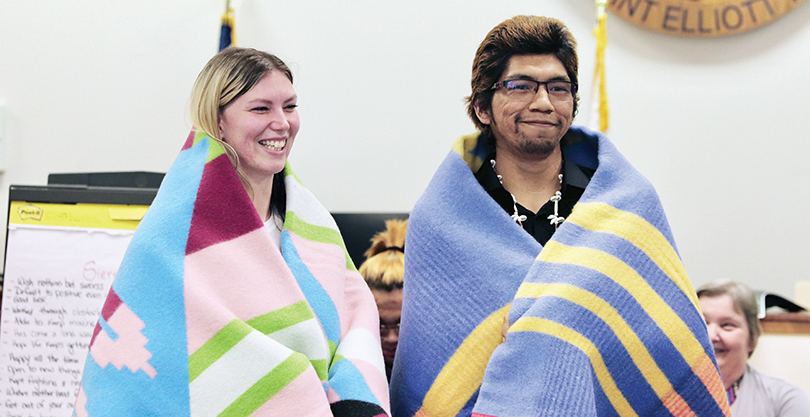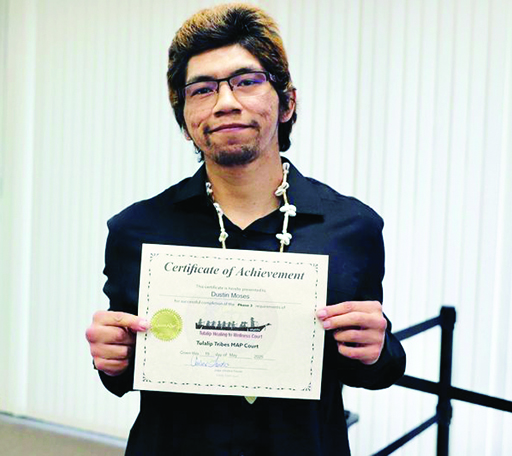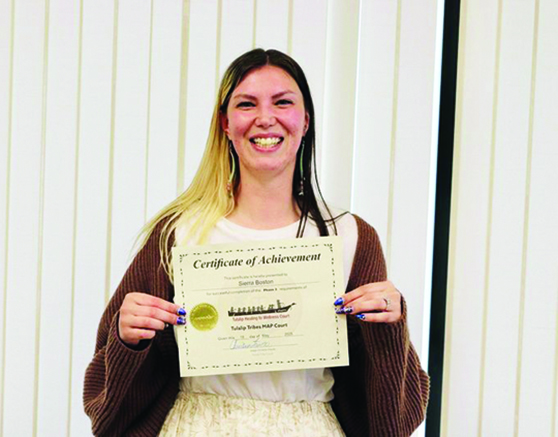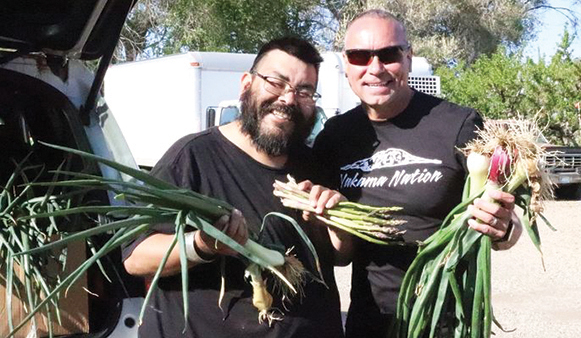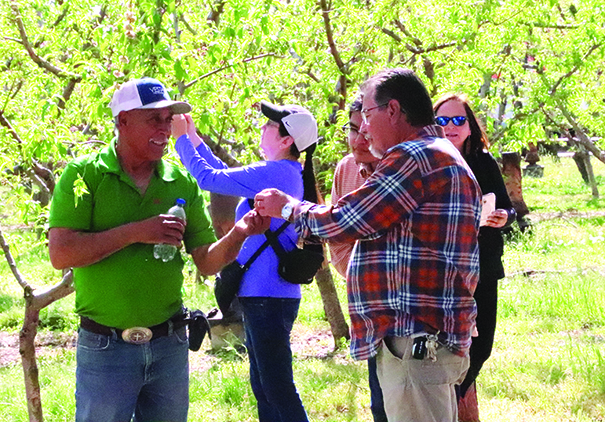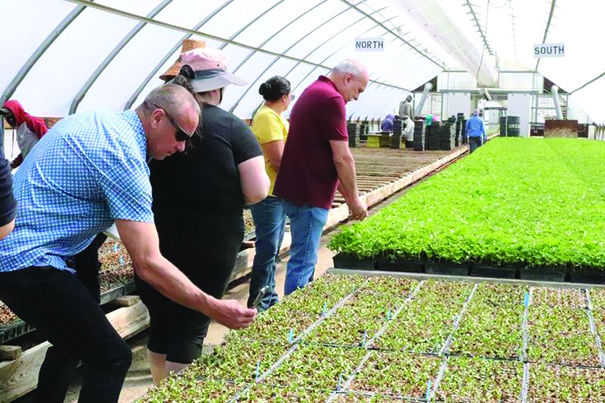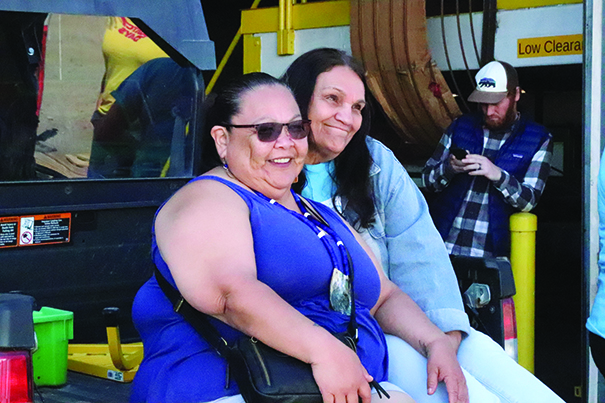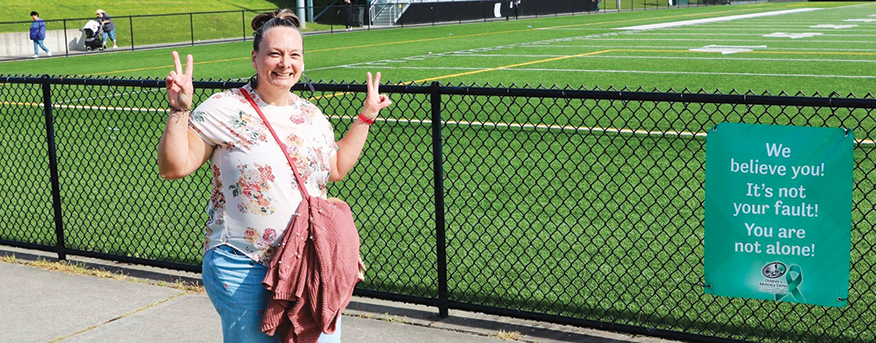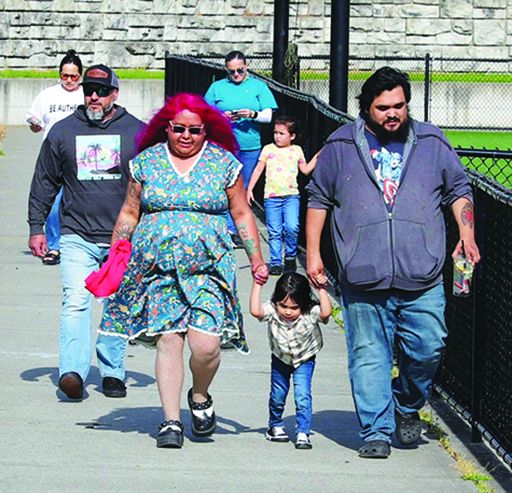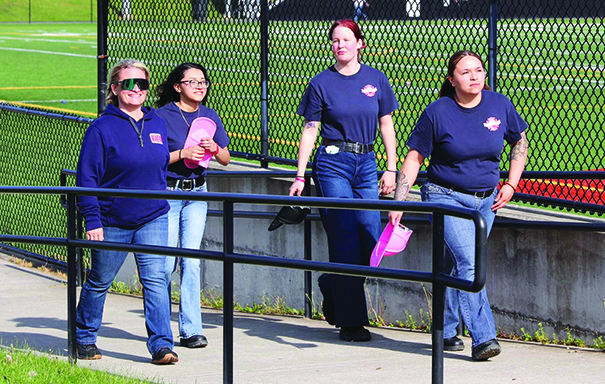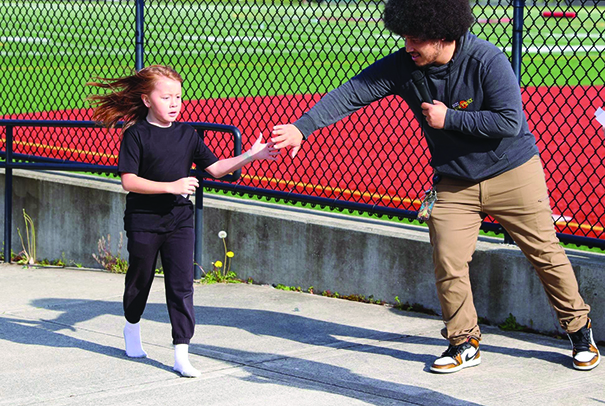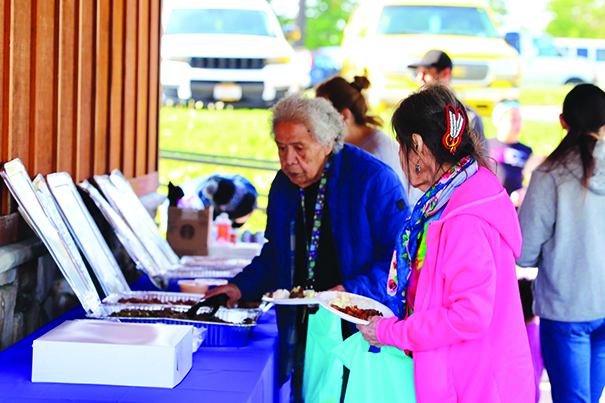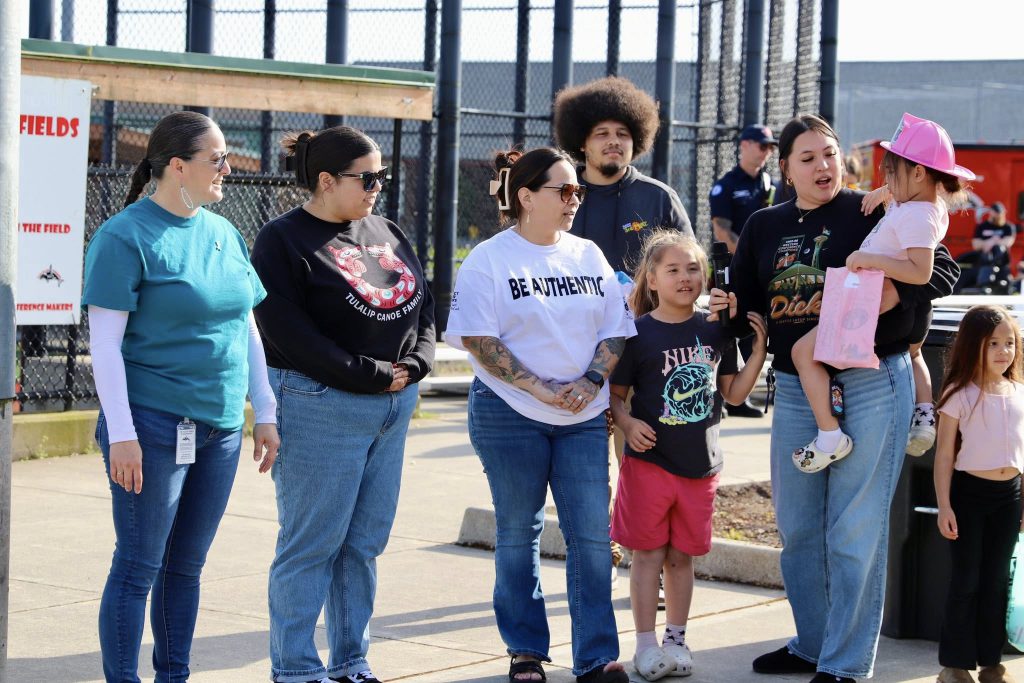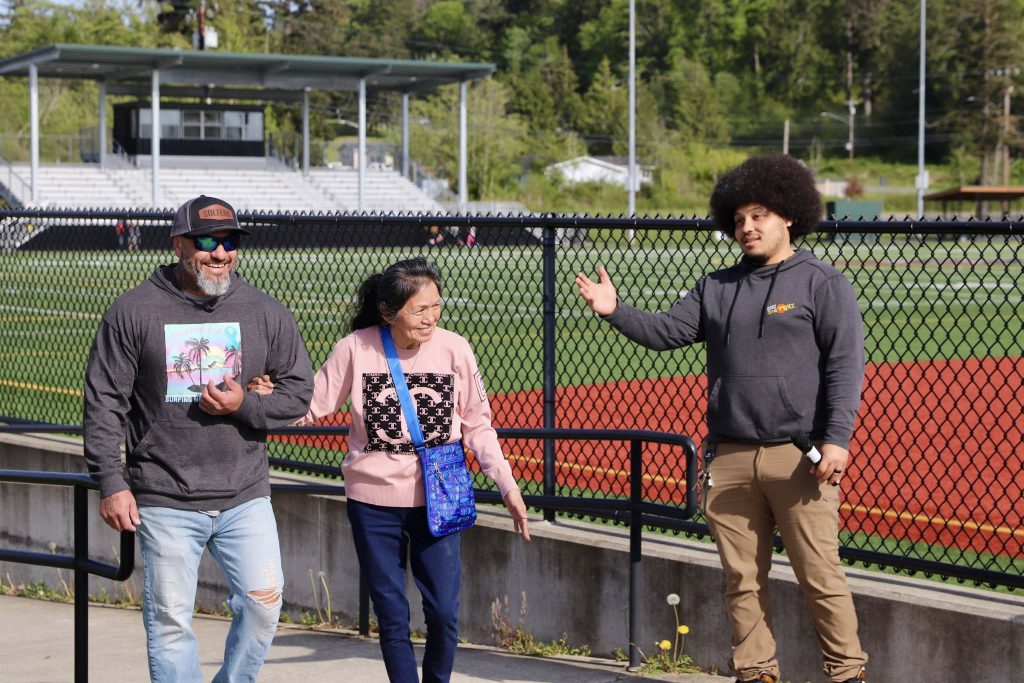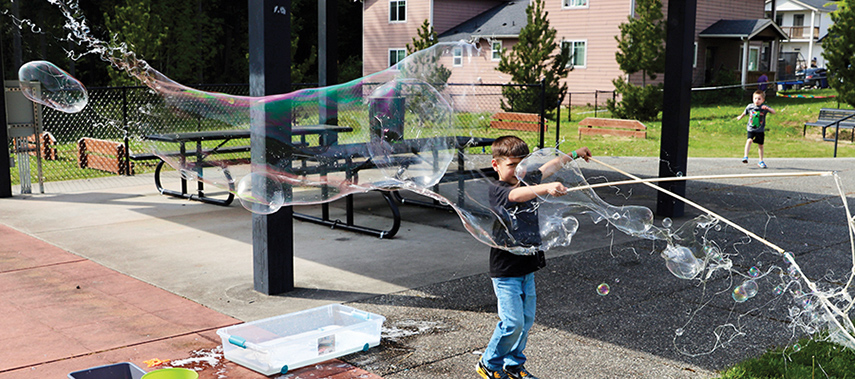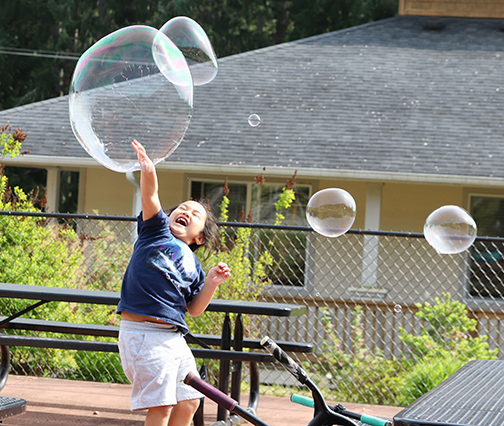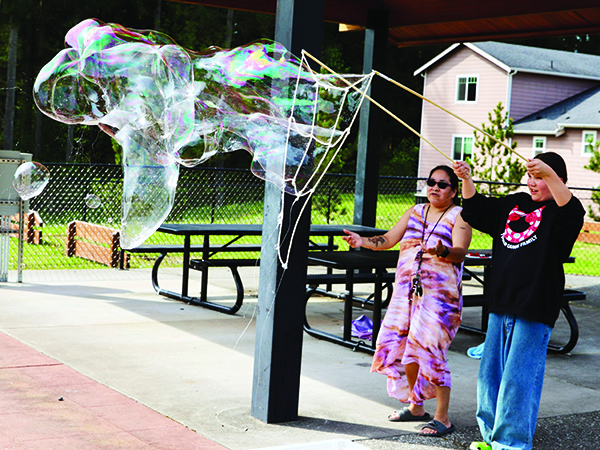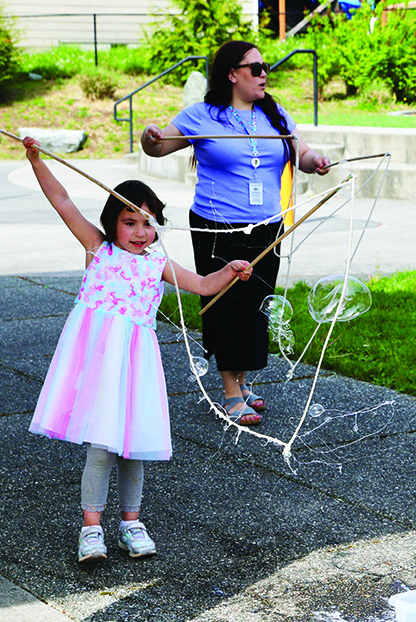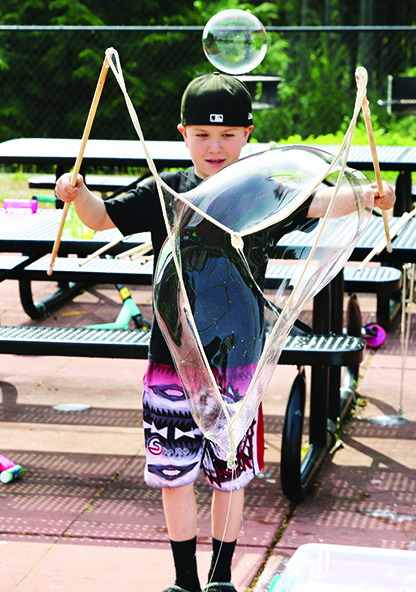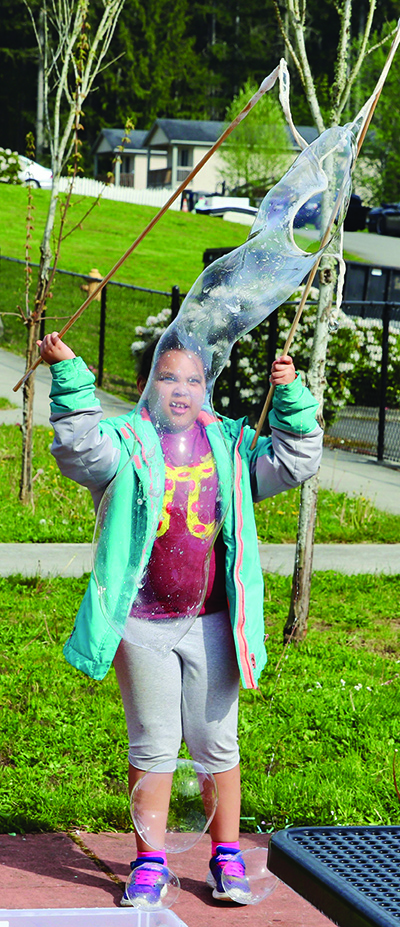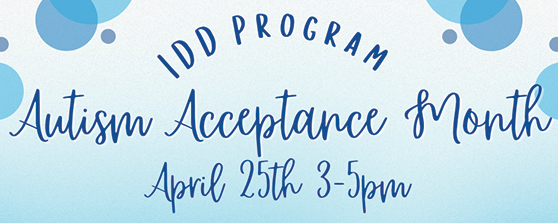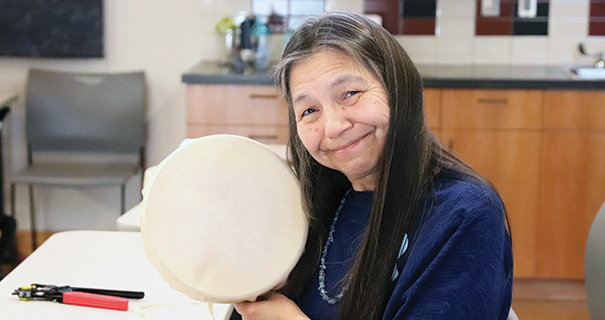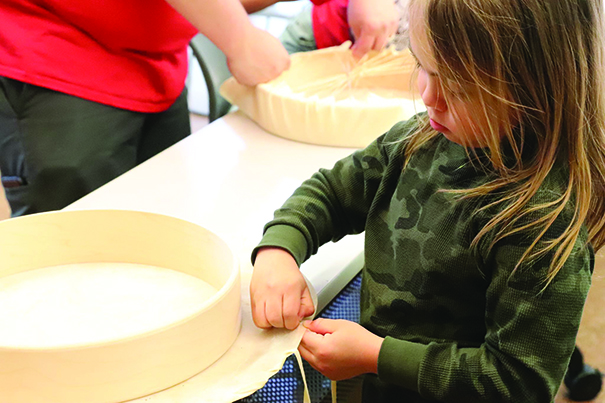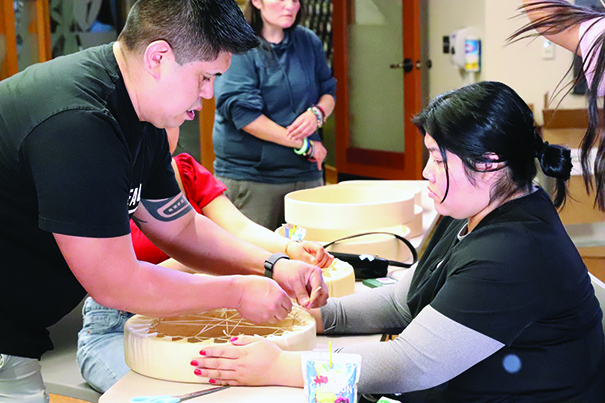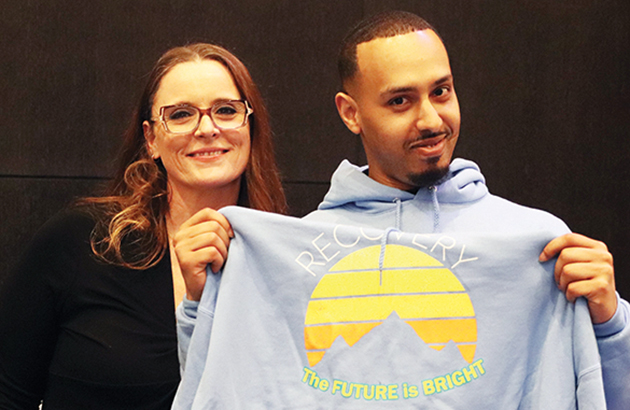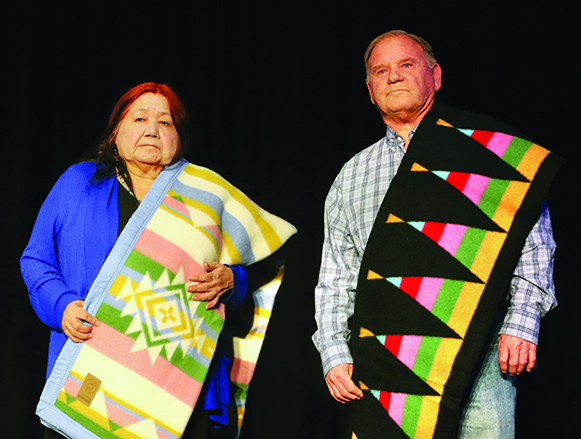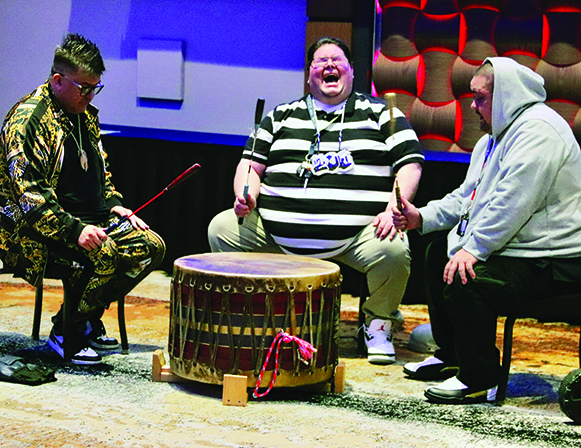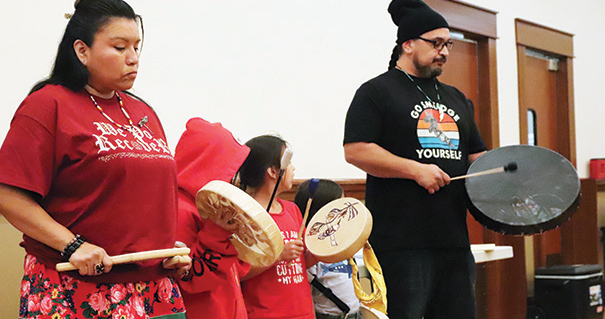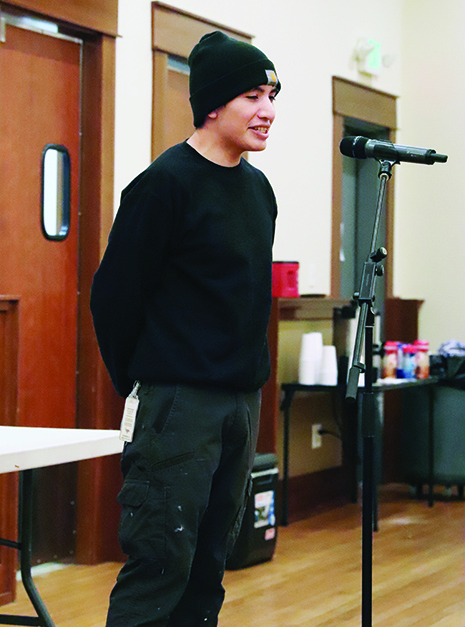
By Kalvin Valdillez, Tulalip News
Sixteen pharmacies across the region are taking part in a new campaign led by the Washington State Health Care Authority (HCA). This includes the Tulalip Clinical Pharmacy, one of two reservation-based pharmacies, the other is Kirk’s Pharmacy in Puyallup. The campaign is known as ‘Starts with One’ and is part of the HCA’s new Pharmacy Safe Storage program. Starts with One aims to prevent the misuse of prescription drugs and opioid overdose by providing lockable canvas bags to patients of the participating pharmacies.
Said Tulalip Clinical Pharmacy Director, Kelvin Lee, “We enrolled in the department of health’s program where they provide free bags to the pharmacy, because they found that more than half of the people who abuse narcotics start off by using someone else’s prescriptions. So, the whole idea behind the program is to give our patients lock bags so they can secure their prescriptions and protect it from other people’s access, so they don’t have the chance to try it. I think it’s a wonderful program.”
Kelvin explained that upon filling an opioid prescription, the patients are given a detailed explanation about the program. The patients then have the option to take part, and if they do decide to participate, they must sign a pledge card before receiving their free bag. The bag itself is a medium-sized black zip-up pouch with a lock in the upper left corner. The patient can simply store their medication in the bag, close it, and lock it up. They are given two keys per bag, one to have on-hand and the other to keep in safe location in case of a misplacement.
The campaign officially kicked off at the beginning of spring and according to the HCA website, there have already been 3,255 patients who were informed about the program, of which 1,877 people pledged to lock up their meds, and a total 1,742 bags have been distributed across all sixteen locations over the past few months.
In the latest research conducted by Snohomish County Overdose Prevention, there were 46.1 opioid overdose deaths per 100,000 population in our county in 2023. That is staggering compared to the statewide average of 33.7 opioid overdose deaths per 100,000 people that same year. However, thanks to an increased effort to provide education and resources countywide, much like this new campaign, the preliminary data shows Snohomish County’s death rate by opioid overdose of 46.1 per 100,000 population decreased to 40.6 in 2024.
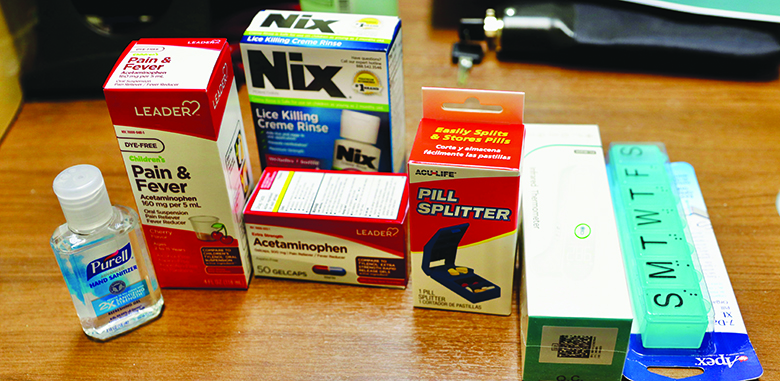
“This program is focused on patients who are taking narcotics because that’s the biggest category,” Kelvin shared. “It’s not just about addiction or abuse; a lot of people die from overdose because they don’t know what they are taking. They’re just taking their grandma’s prescription or their parent’s prescription and have no idea what it is. And they overdose. The lock bags keep everyone safe. And the best part is it’s free. And we can make a really big impact with this campaign.”
In addition to the black lock bags, the pharmacy also received slightly smaller lock bags from the Tulalip Health Clinic. These bags were purchased with grant funding and are meant to be distributed to Tribal members only, whereas the HCA bags can be dispersed to any patient of the Tulalip Clinical Pharmacy. The Health Clinic’s lock bags are white and feature the Tulalip Tribes logo along with a selection of resources printed on the front, such as the phone number to a crisis team and a substance abuse disorder line, as well as the website address to the For Our Native Lives program.
“We have hundreds of bags, and we are not going to stop providing them until we give them all away,” Kelvin stated. “We want to encourage people to take one, especially elders who are taking a lot of medications so they can secure their prescriptions. We look at this like a community service. We definitely want to offer it to those with a prescription, but also to anybody who needs to secure their medications because any prescription can be dangerous.”
Taking part in the Starts with One campaign is just the latest effort by the Tulalip Clinical Pharmacy to help combat the opioid epidemic on the reservation. Last summer, the pharmacy introduced the first reservation-based Narcan distribution box, which is a success so far and has been utilized regularly throughout its first year.
After thoroughly explaining the campaign and the free lock bags with Tulalip News, Kelvin switched gears before the interview concluded. He used this time to discuss another new program that the pharmacy has recently implemented known as the Over the Counter (OTC) program. Kelvin detailed, “We have a brand-new program for Tulalip members. We had a similar program before called the Nix program. It was like a hidden benefit where we give free lice shampoo treatment to Tulalip members. We just recently expanded the program to include six other items: a tablet cutter, 7-day pill organizer, touchless thermometer, acetaminophen (liquid or tablet), antibacterial ointment, and hand sanitizer. Again, this is only for Tulalip members. We think these are safe enough for everyone, that’s how we decided on this list. So, anyone who needs these items, they can come in and those are free of charge.”
For more information about the Starts with One campaign, the free lock bags, or the OTC program, please contact the Tulalip Clinical Pharmacy at (360) 716-2600 or visit within their normal operating hours.
